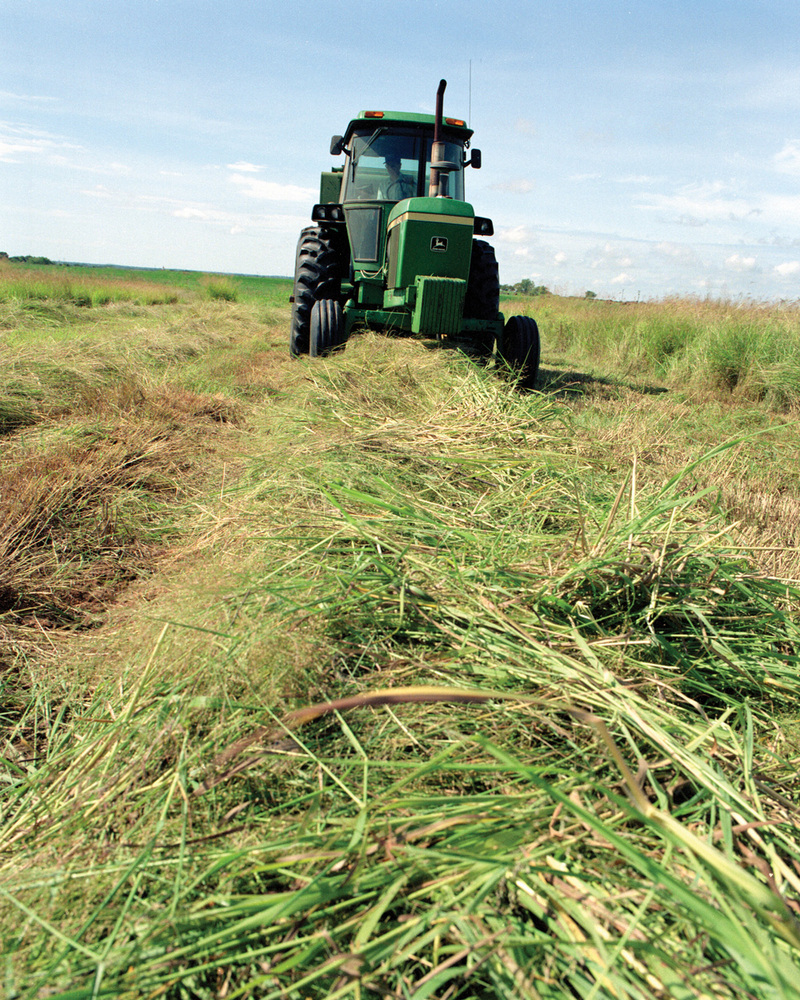A Tough Row to Hoe




November 22, 2011
BY Anna Austin
Facing what could be its final funding obstacle, the fate of the Biomass Crop Assistance Program lies in the hands of those crafting the 2012 Farm Bill. Despite Congress’s drastic budget cutting efforts, however, there may still be hope for BCAP. U.S. Secretary of Agriculture Tom Vilsack recently shed some light on his hopes for the Farm Bill, stating that BCAP and the Rural Energy for America Program are two of his priorities.
In an Oct. 24 speech at John Deere Des Moines Works in Ankeny, Iowa, Vilsack pointed out that a proposed $23 billion in cuts to the Farm Bill over the next 10 years means priorities must be clear. “And though these numbers are by no means final, it is a reminder to all of us that if we want this legislation to accomplish a lot, we have to understand that there will be considerably less funding in which to do it,” he said. “We simply need to do more with less.”
In the case that BCAP funding is cut, project areas announced to date will remain fully funded, according to USDA Farm Service Agency Chief of Staff Todd Atkinson. “There will be no reduction in funding there because we entered into those contracts with money in-hand, we just wouldn’t be able to expand acreage,” he says.
Advertisement
Advertisement
Over the past six months, BCAP has announced multiple project areas in several U.S. states to grow biomass crops such as miscanthus, camelina and switchgrass, for which farmers would receive annual establishment payments. About half are for biomass-based heat and power, the remainder for liquid biofuel, Atkinson says.
While the annual establishment payment component of BCAP is going seemingly smoothly, Atkinson says the rushed timeline for participation—for example, four months for miscanthus and 45 days for camelina—was because of the foreseen funding issues. “The program is funded by the Commodity Credit Corp., so it’s not subject to appropriations,” he explains. “The underlying statute functions similar to conventional crop programs; you go from one fiscal year to the next, rather than the length of the Farm Bill. Since the House zeroed the program out and the Senate decided not to act, it meant we had up until the end of the fiscal year 2011 to obligate the funds that were made available for 2011.”
If BCAP were functioning how it was originally intended to, Atkinson adds, FSA would still be seamlessly working with farmers, signing them up and educating them. “But the budget challenges have created these uncertainties,” he says. “The existing climate is that there are some significant funding challenges, and lawmakers and policymakers are looking at everything.”
Advertisement
Advertisement
On the matching payment portion of BCAP, which was implemented before the annual payments, Atkinson says FSA has issued an interim rule that would require it to evaluate applications for project areas first. “That’s because of these funding limitations,” he says. “After those applications, we would look at matching payments. As an interim rule it’s effective immediately, but there’s a 60-day comment period which ends Nov. 14 and the public is invited to comment up until the closing date.”
Matching payments aren’t ending, Atkinson emphasizes. “We’ve just prioritized the establishment of the annual payments to grow new biomass first. Should funding be remaining, we would consider the matching payments to harvest existing biomass.”
There are some in Congress who are working diligently to keep BCAP and REAP alive. Sen. Richard Lugar, R-Ind., and Rep. Marlin Stutzman, R-Ind., have introduced Farm Bill reauthorization legislation, the Rural Economic Farm and Ranch Sustainability Act, or REFRESH, which includes key components of the existing Farm Bill, including the two programs.
REFRESH provides nearly $1.3 billion in mandatory appropriations for five different clean energy programs with significant additional discretionary funding authorizations. It would annually provide $55 million dollars for BCAP with an additional $150 million a year in discretionary funding, while working to improve the program in several important respects, and $70 million for REAP and an additional $80 million annually in discretionary funds. It also extends REAP to assist our nation’s rural schools with energy efficiency programs, and includes complementary loan guarantee financing for biorefineries by continuing the Biorefinery Assistance Program for two more years.
—Anna Austin
Upcoming Events





